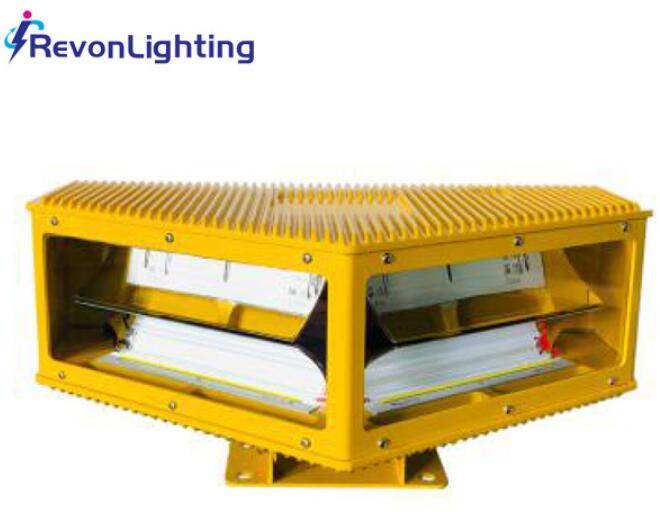In an era of soaring skyscrapers, sprawling wind farms, and dense urban landscapes, tower obstruction lighting systems play a pivotal role in safeguarding air traffic. These specialized lighting solutions ensure that tall structures remain visible to pilots, preventing catastrophic collisions. This article examines the critical functions, types, regulations, and innovations in tower obstruction lighting systems, highlighting their indispensable role in modern aviation.
The Critical Role of Tower Obstruction Lighting Systems
As structures grow taller and airspace becomes more congested, the risk of aircraft collisions with towers, antennas, and other high-rise obstacles increases. Tower obstruction lighting systems address this challenge by:
Enhancing Visibility – Making structures detectable during both day and night, as well as in adverse weather conditions.

Preventing Collisions – Alerting pilots to potential hazards, especially in low-visibility scenarios like fog or heavy rain.
Complying with Aviation Laws – Meeting strict regulatory requirements set by global and national aviation authorities.
Without these systems, tall structures would pose a significant threat to aircraft, particularly during takeoff, landing, and low-altitude flight.
| Tower Obstruction Lighting Systems |
Types of Tower Obstruction Lighting Systems
Different structures require tailored lighting solutions based on height, location, and aviation guidelines. The most common configurations include:
1. Low-Intensity Obstruction Lights (Red Beacon Lights)
Used for structures under 200 feet (61 meters).
Emit a steady or flashing red light.
Typically LED-based for energy efficiency and long lifespan.
2. Medium-Intensity Obstruction Lights (White Strobe Lights)
Installed on structures between 200–500 feet (61–152 meters).
Produce bright white flashes visible for miles.
Often synchronized to avoid confusion with other light sources.
3. High-Intensity Obstruction Lights (Dual Lighting Systems)
Required for structures exceeding 500 feet (152 meters).
Combine red beacons for nighttime and white strobes for daytime.
Ensure maximum visibility under all conditions.
Regulations Governing Tower Obstruction Lighting
To maintain global aviation safety, organizations enforce strict lighting standards:
ICAO (International Civil Aviation Organization) – Establishes worldwide guidelines for obstruction lighting.
FAA (Federal Aviation Administration) – Mandates lighting on structures taller than 50 feet near airports and 200 feet elsewhere.
EASA (European Union Aviation Safety Agency) – Specifies flash rates, colors, and intensities.
Non-compliance can result in fines, legal liability, and increased accident risks.
Technological Advancements in Obstruction Lighting
Modern tower obstruction lighting systems leverage cutting-edge innovations to improve reliability and efficiency:
LED Technology – More durable, energy-efficient, and brighter than traditional incandescent bulbs.
Solar-Powered Systems – Ideal for remote towers without direct power access.
Smart Monitoring & Automation – Sensors detect failures and trigger maintenance alerts in real time.
Eco-Friendly Designs – Minimize light pollution with directional beams.
Future Trends in Tower Obstruction Lighting
As urbanization and drone traffic expand, tower obstruction lighting systems will evolve with:
AI-Powered Adaptive Lighting – Adjusts brightness based on weather and air traffic density.
Drone-Specific Warning Systems – Specialized lighting for low-altitude unmanned aircraft.
Wireless Synchronization – Ensures uniform flash patterns across multiple towers.
Tower obstruction lighting systems are a silent yet vital component of aviation safety, ensuring that man-made structures do not become invisible threats to aircraft. From communication towers to wind turbines, these lighting solutions protect lives, comply with regulations, and adapt to technological advancements.
As airspace grows busier, the role of tower obstruction lighting systems will only become more crucial—guiding pilots safely through the skies, one flash at a time.